Taj, Tigers, Temples & Rajasthan's Palaces
- Return flights from London
- 13 nights in 4 and 5-star and heritage hotels plus 1 night in flight
- 13 breakfasts, 5 lunches, 13 dinners and welcome drink
Mon-Fri: 0900 - 1800
Sat: 0900 - 1700
Sun & BH: Closed
Explore the wonders of the west on a holiday that includes both a luxurious journey on the Rocky Mountaineer train and an unforgettable Alaskan cruise.
Iconic cities, famous landmarks and natural wonders are waiting to be discovered as you journey from Melbourne to Brisbane.
The Society’s Collections comprise over 5000 items specifically relating to the historical geography of Turkmenistan, Uzbekistan, Kazakhstan, Kyrgyzstan and Tajikistan dating from the 18th century to the present day.
Highlights include the pocket aneroid carried by Ney Elias on his journeys in the region used to create the sketch map of his route, also in the Collections at the Society. And four large watercolours of the region created by Thomas Witlam Atkinson now displayed in the Society’s ‘fine’ rooms at its headquarters in South Kensington.
In the footsteps: Thomas & Lucy Atkinson | In the footsteps: Wilhelm (Willi) Rickmer Rickmers | In the footsteps: Isabella “Ella” Robertson Christie
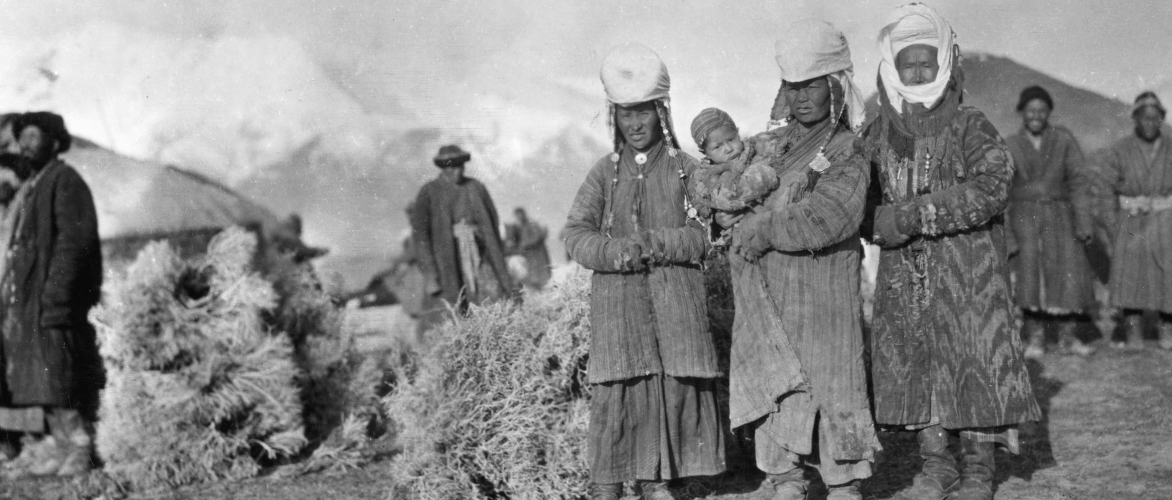
Between the late 1840s and early 1850s Thomas and Lucy Atkinson travelled an estimated 40,000 miles, mostly on horseback, through Central Asia and Siberia.
After his first journey to Central Asia in 1847, Thomas returned to Moscow to marry Lucy Sherrard Finley, a young English governess. They departed for Central Asia a few days later, spending several months in the Urals and Altai Mountains before heading for the Kazakh Steppes. It was here that Lucy gave birth prematurely to a son who they named Alatau Tamchiboulac Atkinson after the Dzunguarain Alatau mountains. Alatau joined them on the remainder of their travels through the remote and inhospitable regions of Central Asia and Siberia.
Originally an architect, Thomas documented their travels in a series of journals and produced numerous sketches and watercolours. On their return to London, Thomas published Oriental and Western Siberia (1858) and Travels in the Regions of the Upper and Lower Amoor (1860). Lucy published Recollections of Tartar Steppes and their inhabitants (1863). Thomas and Lucy’s detailed descriptions of the Kazakhs and their nomadic culture during the mid 19th century remain of great interest to historians.
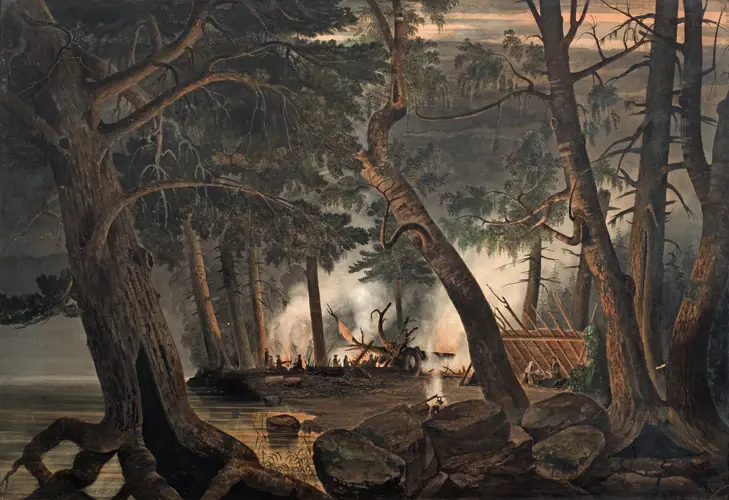
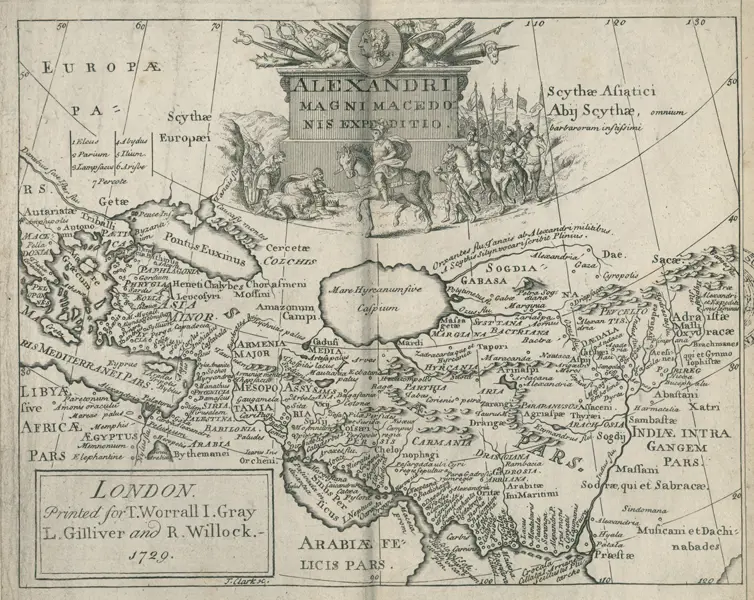
Willi Rickmer Rickmers was a German mountaineer, skier and explorer, born in Hanover in 1873. Following an apprenticeship at his father’s shipping company, Rickmers attended the University of Vienna to study animal and plant science. He was also an expert skier and a keen climber, making ascents of 3,000-4,000 metre peaks in Switzerland at the age of 17.
Between 1894 and 1906 he led several expeditions to Central Asia and the Caucasus, first visiting Bokhara and Samarkand, Uzbekistan, before exploring deeper into the mountains east of Bukhara, reaching the upper Jachsu Valley in Tajikistan via Dushanbe, Baljuan and Khovaling. In 1906, he travelled with his wife and fellow mountaineer, C. Mabel Duff Rickmers, journeying to the foothills of the Pamir range in eastern Tajikistan. In 1913 and 1928 he led the Alai-Pamir (C. Asia) Russo-German expeditions, successfully carrying out the first precise surveys of part of the NW Pamirs and determining the length of the Fedchenko glacier, Tajikistan – the largest glacier outside of the polar regions.
In 1935 he was awarded the RGS Patron’s Medal for his ‘long and continued travels in the Caucasus and Russian Turkistan’.

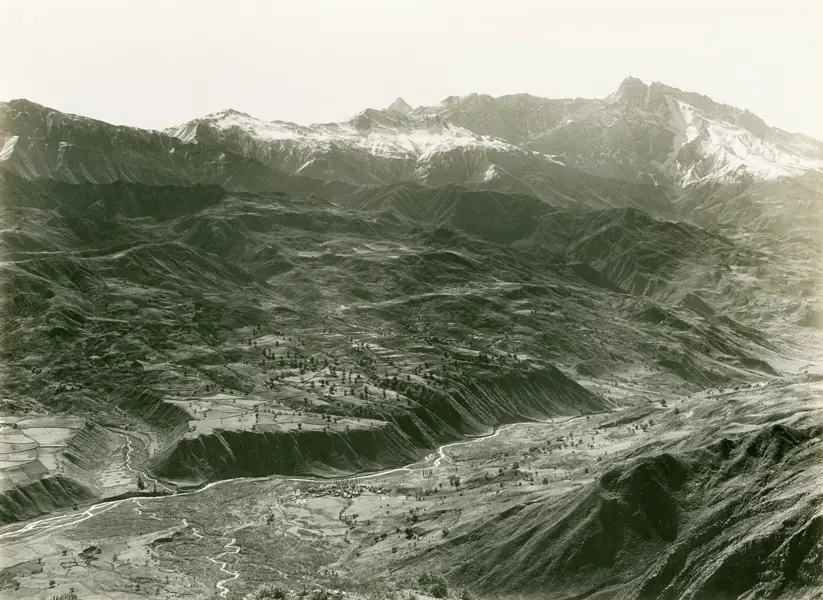
Ella Christie was a pioneering Scottish explorer, gardener and author, and was one of the first women to be elected as a Fellow of the Royal Geographical Society in 1913. Born in 1861, she was the daughter of a wealthy industrialist and landowner and frequently accompanied her family on their annual summer trips to Europe. This kindled her taste for travel and adventure and in 1904, following the death of her father, Christie set off on a journey to the Far East.
In 1907 she travelled to China, Korea and Japan, timing her arrival to coincide with sakura, the flowering of the cherry blossom trees. During this visit she was inspired by Japanese gardens and, with the guidance of a Japanese designer named Taki Handa, she created an authentic Japanese garden at her home at Cowden Castle in Scotland.
Christie’s most adventurous journeys were her two expeditions to Central Asia in 1910 and 1912. With her desire to visit the lands to the east of the Caspian Sea, Christie travelled by train and carriage along the Silk Road to Khiva, Bokhara, Tashkent and Samarkand in present-day Uzbekistan. She took many photographs and kept accounts of her travels, later published in her book ‘Through Khiva to Golden Samarkand’ (1925).

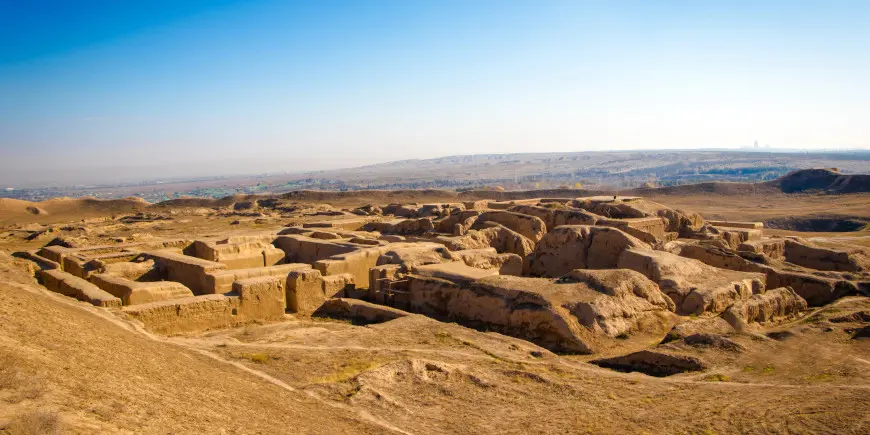
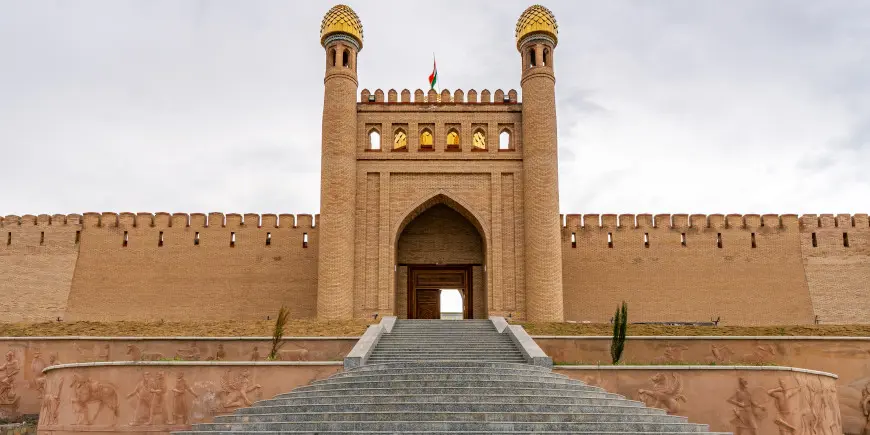
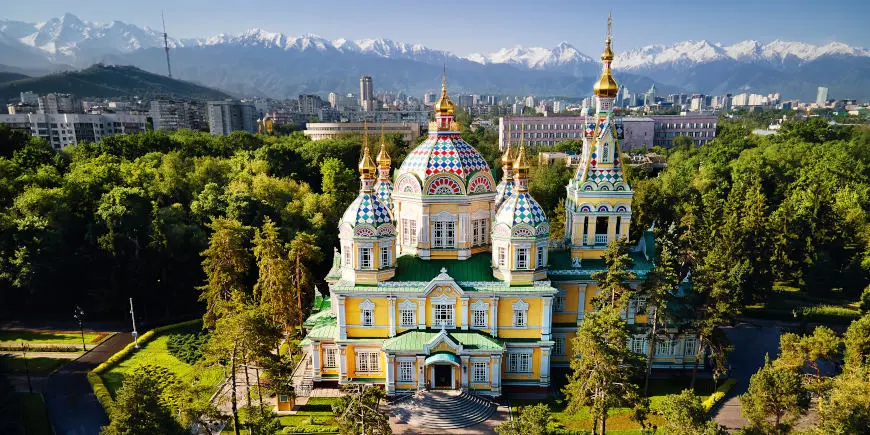
Embark on an unforgettable adventure across the legendary Five Stans of Central Asia on a journey weaves its way through ancient Silk Road cities, breath-taking mountain landscapes, and remote desert wonders.
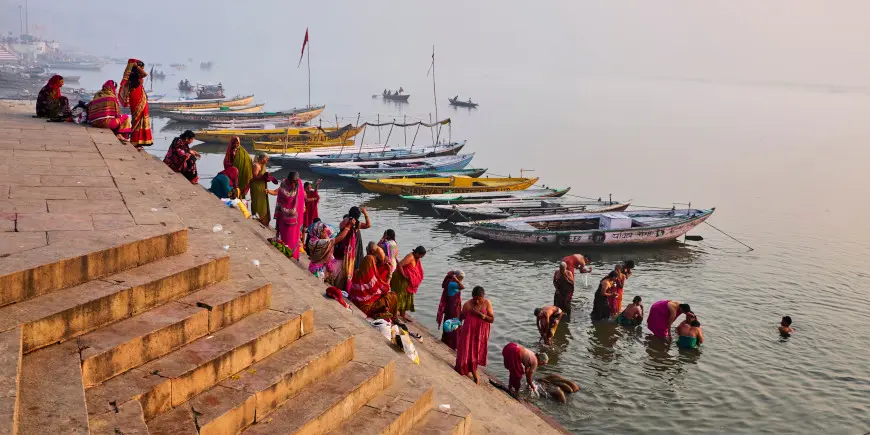

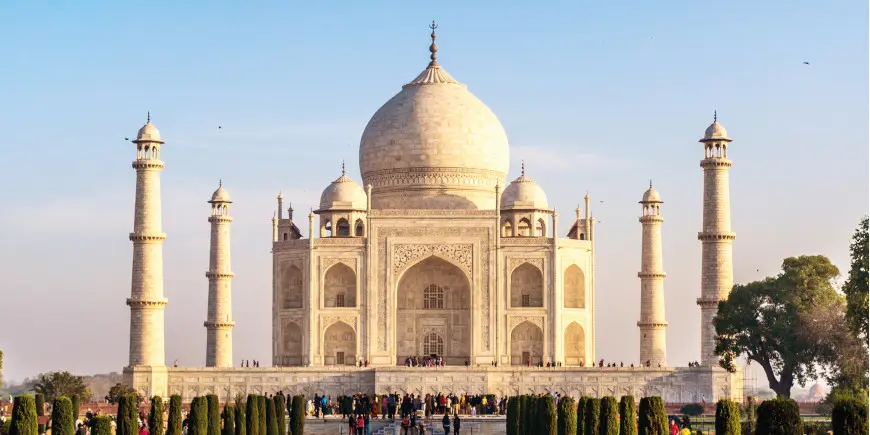
This 18-day journey weaves through India and Nepal's most significant landscapes and cultural treasures.
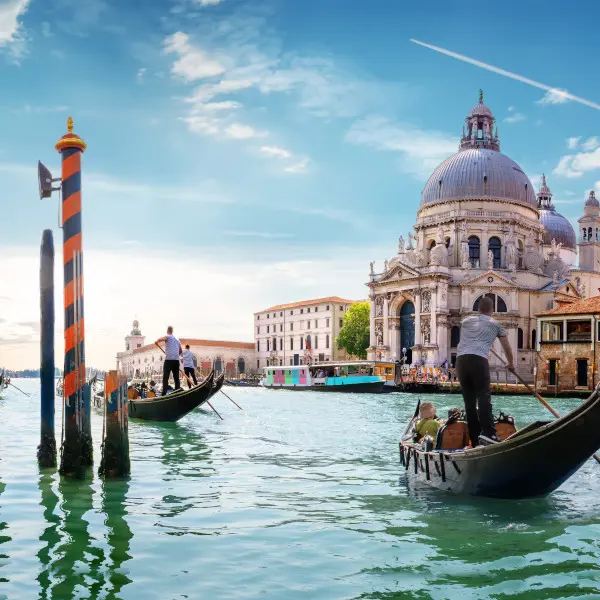
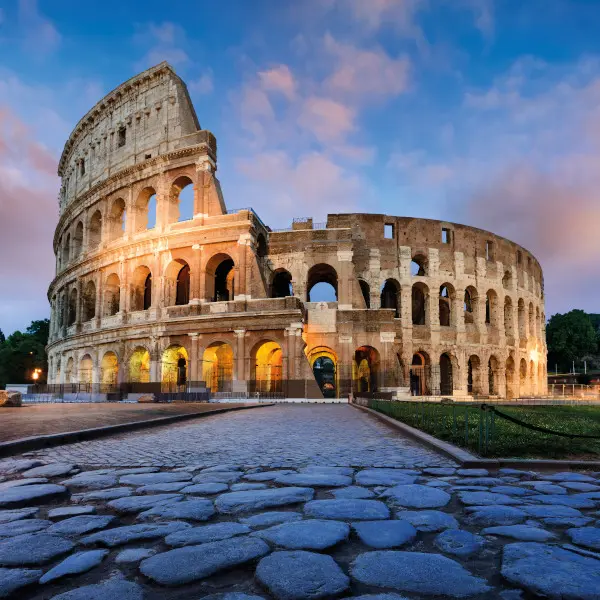
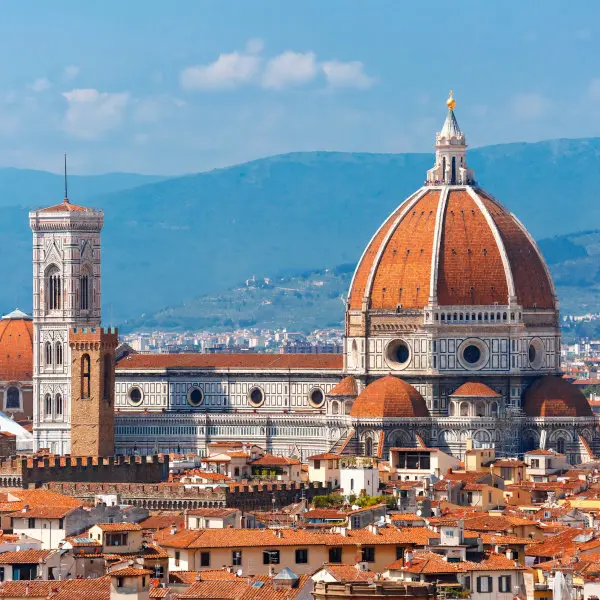
Part of the Royal Geographical Society collection, travel from top to toe and explore Italy’s famous landmarks. Visit iconic cities Venice, Florence and Rome and discover the hidden gems of Pompeii, Sicily and more.
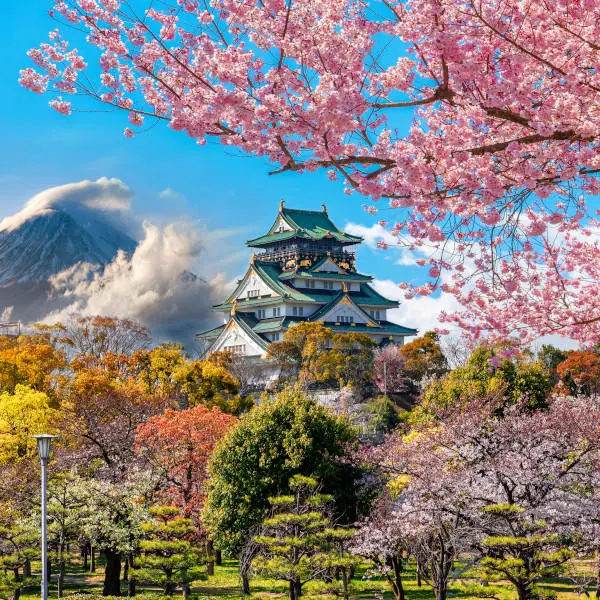
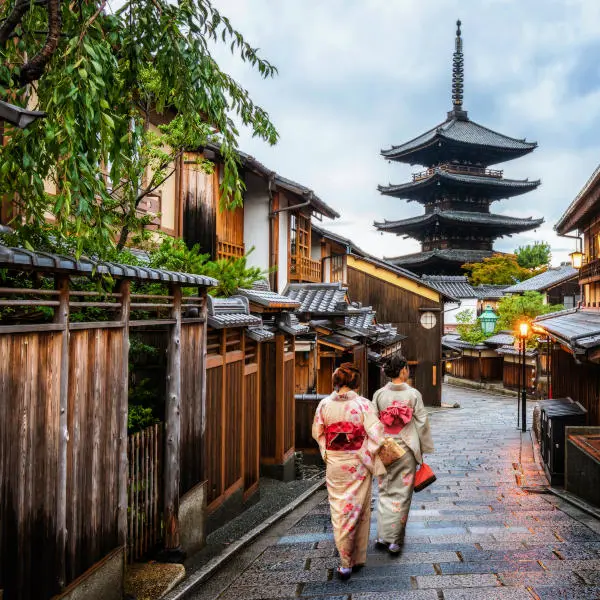
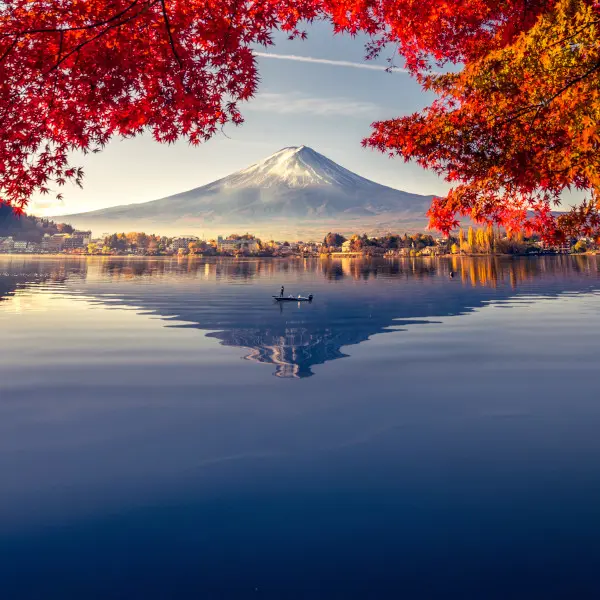
From Tokyo to Kyoto, Osaka and beyond, discover the unforgettable highlights of Japan including an incredible high-speed ride on the Bullet Train.
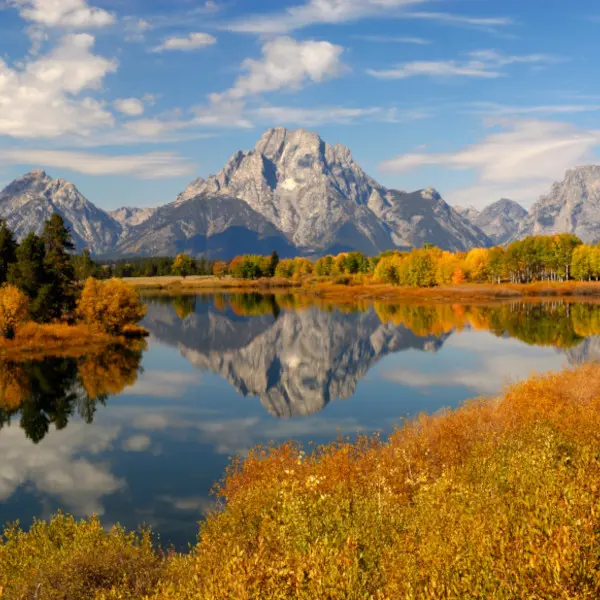
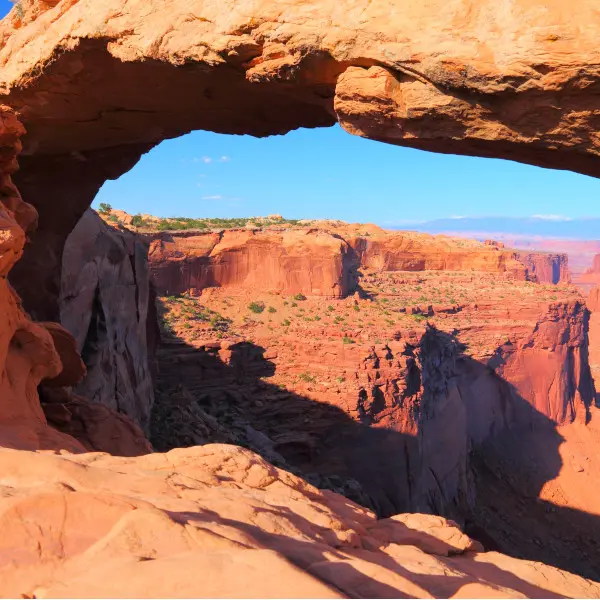
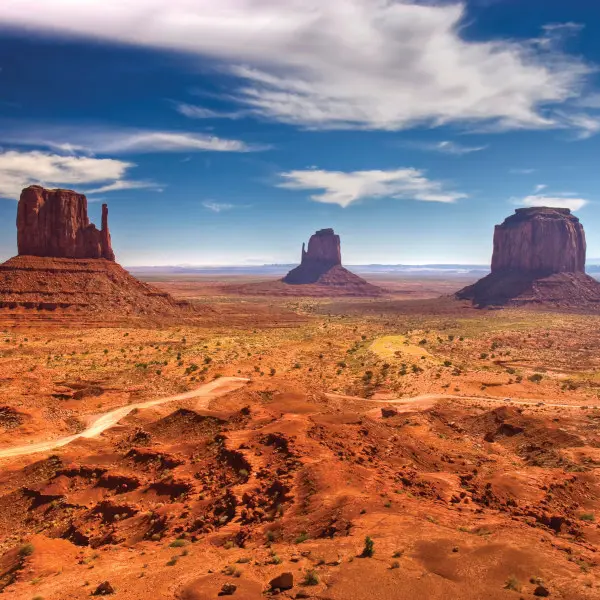
Venture through seven states and be mesmerised by the breath-taking and diverse scenery on this Royal Geographical Society tour to Americas National Parks.
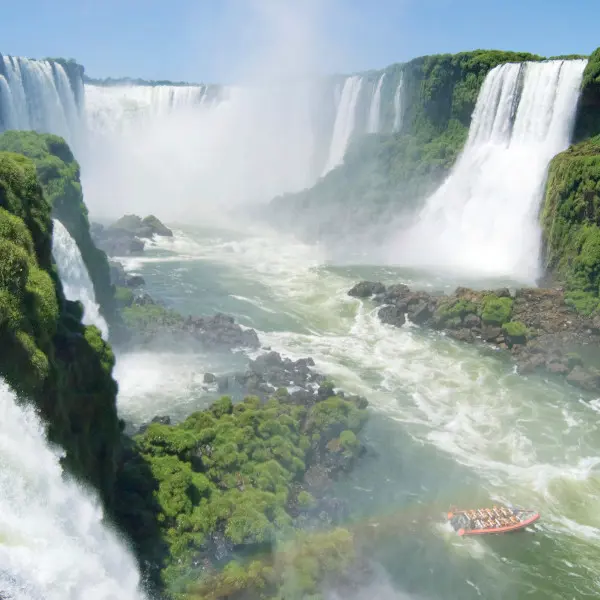
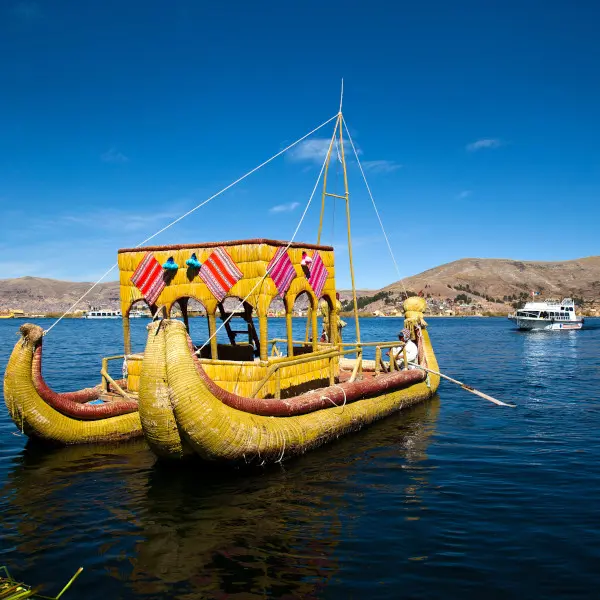

Soak up the spectacular sights and sounds of four Latin American countries - Peru, Bolivia, Argentina and Brazil - on a tour that's strictly for the adventurous.
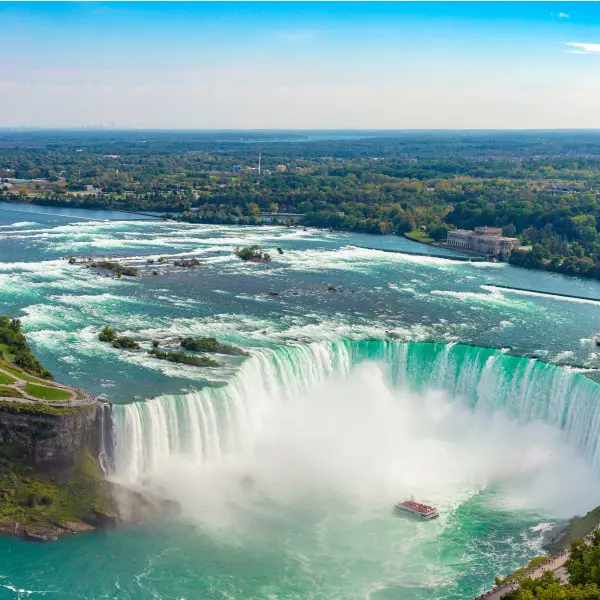
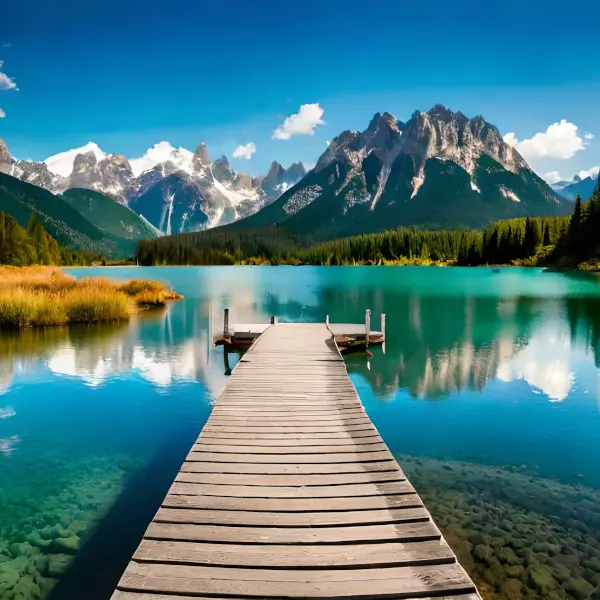

From east to west, this ultimate trip across Canada takes in all the must-see highlights and includes a breathtaking journey on the Rocky Mountaineer train.



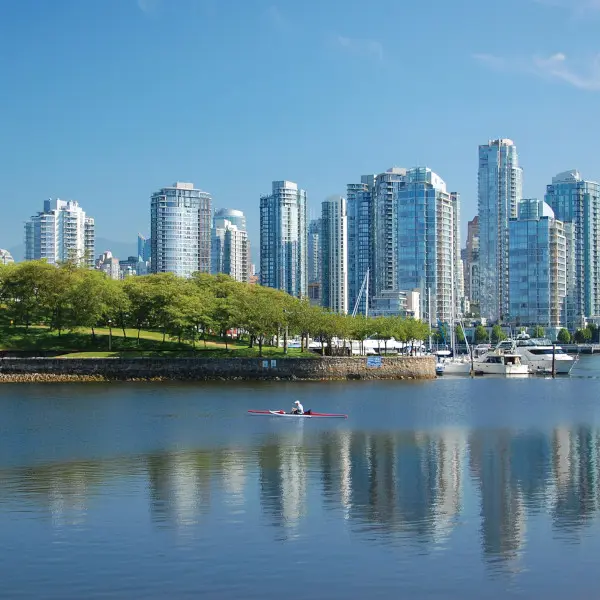


Journey from East to West taking in the best of Canada, plus a ride on the iconic Rocky Mountaineer train topped of with a relaxing stay in Vancouver.

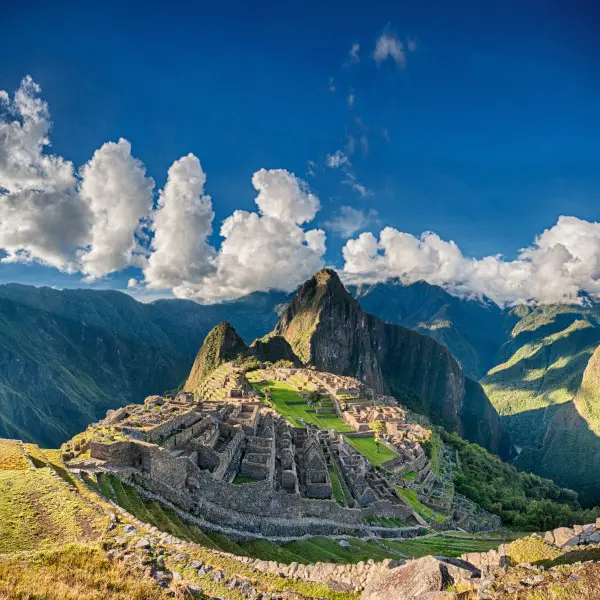

Soak up the spectacular sights and sounds of four Latin American countries - Peru, Bolivia, Argentina and Brazil - on a tour that's strictly for the adventurous. Enjoy extended time in the fascinating city of Rio de Janeiro at the end of your holiday.
All historical images (photos, artwork, maps) ©RGS-IBG